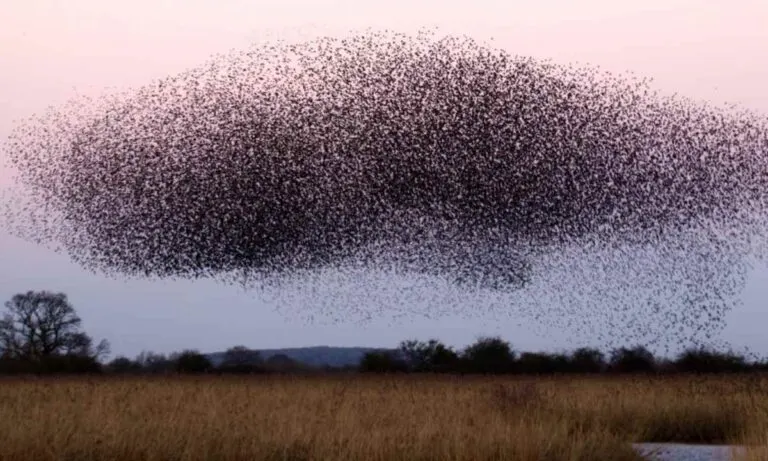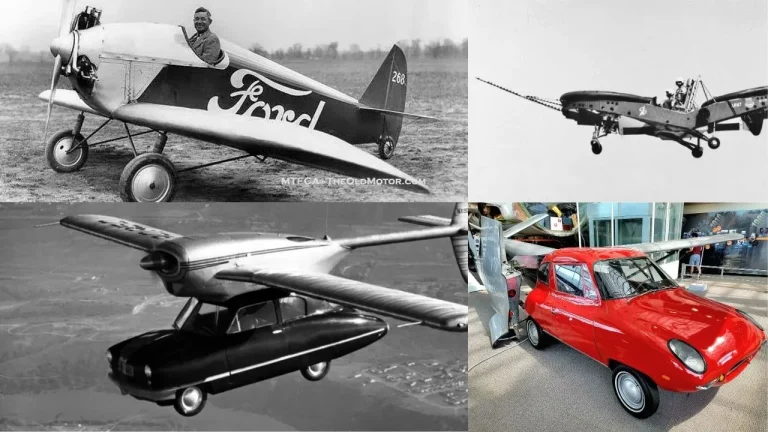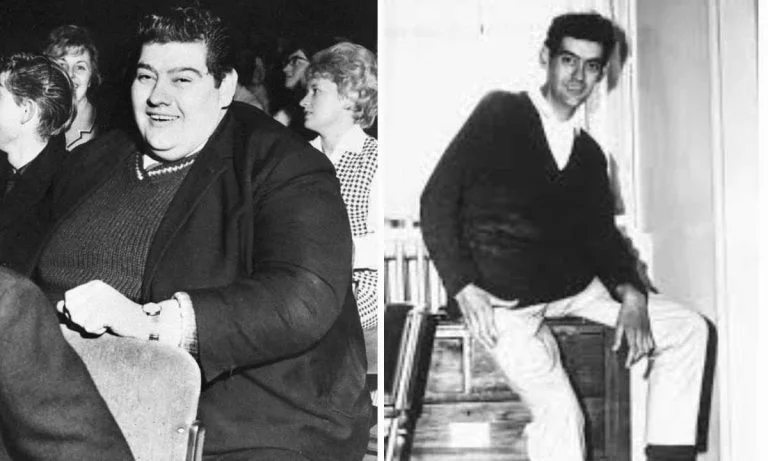A Two-horn Listening Device That Detected Aircraft Before Radars! | The Story of ‘War Tubas’ in Bolling Air Force Base.
Once upon a time, long before fancy radars, there was a magical invention called the “War Tubas” that helped the heroes at Bolling Air Force Base detect incoming aircraft. Let’s dive into this exciting story and learn how these strange contraptions played a vital role in keeping our skies safe!
Discovering the War Tubas
The first use of this type of device came into place with Commander Alfred Rawlinson of the Royal Naval Volunteer Reserve in 1916. These giant, trumpet-shaped horns were strategically placed around the base. Acoustic mirrors and the two-horned war tubas created an extensive network to identify the sound. The device has been quite useful during the first world war and the beginning of the second world war.
The Power of Sound
You see, these War Tubas had a special superpower – they could amplify even the tiniest sounds. Skilled operators were like detectives, using their ears to catch the faint noises of airplane engines. They could tell if a plane was nearby, how fast it was going, and which direction it was headed.
Protecting the Skies
Thanks to the War Tubas, the heroes at Bolling Air Force Base had an early warning system. They knew when danger was coming before anyone else did. With this crucial information, they could quickly organize their defenses and keep our skies safe from any potential threats.
An Enduring Legacy
While radars eventually replaced the War Tubas, their legacy lives on. These innovative devices showed us how clever thinking and teamwork can overcome challenges. They remind us that even simple ideas can make a big difference in protecting our country.
Conclusion
The story of the War Tubas at Bolling Air Force Base is a tale of bravery, invention, and the power of listening. These two-horn listening devices helped our heroes detect aircraft long before radar existed.







